The process of giving manufactured parts their desired surface texture and smoothness is known as surface finishing. It is not only significant for aesthetic purposes but also associated with the functionality of the parts.
In manufacturing, it is one of the crucial steps of post-processing. Once the parts are created, they are subjected to suitable finishing operations according to the desired requirement of surface texture. The dimensional stability of the parts is a crucial factor in the finishing process; it must fall within the intended tolerance when surface finishing is complete.
In this article, we will discuss the different surface finishing processes and their advantages in manufacturing.
Sandblasting
Sandblasted Texture
Sandblasting is the process of removing surface imperfections with abrasive materials like sand and lead. It could also reshape the part’s surface in rare circumstances to achieve the appropriate finishing. Cast iron, aluminum, brass, carbon, and stainless steel are frequently used materials for this technique.
The sandblasting system contains four main components air source, blasting cabinet, dust collector, and blasting media. First, the air source is compressed, and the abrasive media are mixed on the blasting cabinet before passing through a high-pressure abrasive jet. Sandblasting is capable of removing scratches, machining marks, and other minor surface irregularities.
Powder Coating
Powder coating applies dry powder made of polyester and pigments to the surface. The layer is immediately made stable with heat. Powder coating can be used on plastic, glass, or metal surface.
The coating provides excellent corrosion resistance, hardness, and aesthetic appeal to the parts since different colors can be applied to various products.
There are two ways of applying powder coating
- Electrostatic spray deposition (ESD)
- Fluidized-bed application
Electrostatic spray deposition involves using a sprayer to apply powder to a surface. When using fluidized-bed coating, parts are dipped into a fluidized-bed bath that contains powder to apply the coating. No matter the technique, the parts are cured in a curing oven at 350 to 400 degrees for 10 to 20 minutes after coating application to stabilize the coating and achieve a smooth, high-quality finish.
Finally, powder coating improves the structural integrity of components and offers outstanding resistance to fading, chipping, scratching, and wearing. This surface-finishing method is widely used in Automobiles, architecture, electronics, agriculture, and outdoor appliances.
Related:
Electroplating
The process of Electroplating involves depositing coating material on a substrate to create a thin protective layer. The deposition is carried out by introducing an electric current into the electrolyte according to the requirements and specifications of the product. The coating material serves as an anode and the substrate as a cathode.
The surfaces of the parts are first cleaned to get rid of any chips, dust, oils, and contaminants before Electroplating. Often acid washing is done, followed by neutralization with alkalis. Then, the cleaned and dried pieces are submerged in an electrolytic solution that contains the metal ions that need to be coated. For instance, zinc sulfate is an electrolytic solution if Zinc is the coating material. Finally, electricity is introduced, and the deposition of ions starts at the surface of parts to form a thin layer.
The most popular metals used in Electroplating for surface finishing are Zinc, nickel, silver, and chromium. Electrical conductivity is the sole requirement for parts to qualify for Electroplating. Electroplating provides the glossy aesthetic appeal to the parts and adds strength and resistance to corrosion, scratch, wear and tear.
Electro-less plating
Electroless plating involves depositing the thin protective layer of metal without means of electrolysis. It uses a plating bath that contains the ions from the plating substance.
The chemical reaction complete plating process is an alternative to electrolysis. When reducing agents like formaldehyde are used to provide the electron for metal ion reduction, the solution’s ion-throwing power is increased, which leads to the deposition of metal ions and the formation of a protective layer on the substrate’s surface.
Parts after electro-less Nickel plating
Electroless plating makes a barrier to the environment and protects the substrate material from corrosion, wear, tear, and scratches like Electroplating. Copper, Silver, and Nickel are the most used metal for electroless plating.
Black-Oxide finish
Part with Black-oxide finish
The black-oxide finish is a chemical coating procedure that covers the surface of metal items with a minute layer of magnetite (Fe3O4). Rust frequently develops on the surface of ferrous items over time due to exposure to air and moisture. A black-oxide finish resists corrosion and smooth’s the surface of ferrous materials such as cast iron, cast steel, stainless steel, and other copper, Zinc, aluminum, brass, and chromium.
When a material is submerged in an alkaline salt solution at the proper temperature, black oxide forms on the surface of the material (130 to 150 0C), because the coating’s thickness is so small, it has no impact on the qualities, design parameters, or stability of dimensions.
How to choose?
| Production Speed | To choose the fastest metal finishing option, you must compare the processing times of each option. |
| Hardness | The hardness of the material decides how strong an abrasive medium is required for the surface finishing. The harder the material more abrasive particles are required. Also, If you use a strong abrasive for softer material, that can damage the parts. |
| End-use | The end use of the parts will determine the surface finishing strategy. What will the environmental effects be, and how long will the parts be used? |
| Budget | There will be certain methods that might seem to be the ideal choice for your particular application. However, some of the most complicated procedures could need tools and equipment, pushing you over your spending limit. So, It is required to choose the most economical approach. |
Advantages of Surface Finishing
- Surface finishing removes the surface’s irregularities and helps enhance the parts’ functionality. The rough surface has more chance of catching moisture and rust formation.
- Surfaces left without finishing will wear and disintegrate more quickly. So, finishing contributes to the durability of parts and resistance to abrasion, which protects against corrosion, chemical damage, and wear.
- After the surface finishing, a secondary coating of wax, oil, and lubrication becomes easier.
- Using surface finishing on f manufactured parts and goods prevents hydrogen diffusion and chemical changes, which impact the material’s characteristics due to environmental factors. It also provides environmental protection against environmental effects.
- It creates a glossy and smooth surface, giving the parts a pleasing aesthetic. Additionally, different colors can be used with various finishing techniques.
Summary Table
| SN | Finishing Options | Description | Features | Applications |
| 1 | Sandblasting | A high-pressure jet applies abrasive mediums such as sand to the surface. | Removes the burr, chips, and dust and creates a uniform surface. | Parts are made with Hard materials such as steel and iron. Automobile, Agriculture, household appliances, and more. |
| 2 | Powder Coating | It applies dry powder made of polyester and pigments to the surface. | Different colors are applicable and provide a long-lasting finish for metallic and non-metallic parts. | Automobile, Architecture, Agriculture machinery, electronics, and outdoor products. |
| 3 | Electroplating | Applying the thin protective layer using electrolysis. | Enhance the physical properties and provides a glossy finish for a long time. | Automotive, Aerospace, Electronics, Architectural, and many more |
| 4 | Black-oxide | Chemical coating procedure that covers the surface of metal items with a minute layer of magnetite (Fe3O4) | Gives the finish with shiny black color. | Automotive, Aerospace, Electronics, Architectural, and many more |
Final thoughts
Regardless of the manufacturing strategy utilized to create the parts, surface finishing is one of the most important aspects of manufacturing. Different surface finishing methods can be chosen based on the requirements of a particular project. We have discussed Surface finishing for CNC machined parts in this article. If you are confused about which one to choose, Prolean will help you to decide and will also provide a professional surface finishing service for your CNC machined parts. So, contact us if you are working on any CNC machining project.
FAQ’s
Why is the surface finishing important?
Surface finishing addresses small surface imperfections and cures parts from corrosion, wear, and tear, and scratches. Additionally, it gives the parts an aesthetic appeal.
What are the common surface finishing options for CNC machining parts?
There are numerous options for surface finishing for CNC machining parts. Common options include Powder coating, sandblasting, Electroplating, and electroless plating.
What is the best surface finishing option for my CNC machining project?
The ideal surface finishing technique solely depends on your needs, including the final usage, the material’s hardness, the environment, and other variables.
Does Budget affect the selection of surface finishing options?
Yes, there may be a variety of surface finishing alternatives available to meet your needs, but since each one will have a different cost, your choice must consider your Budget.

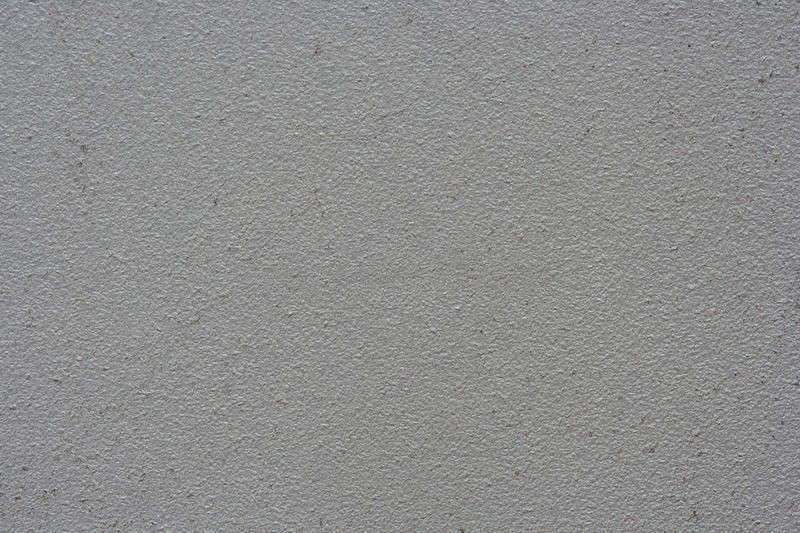

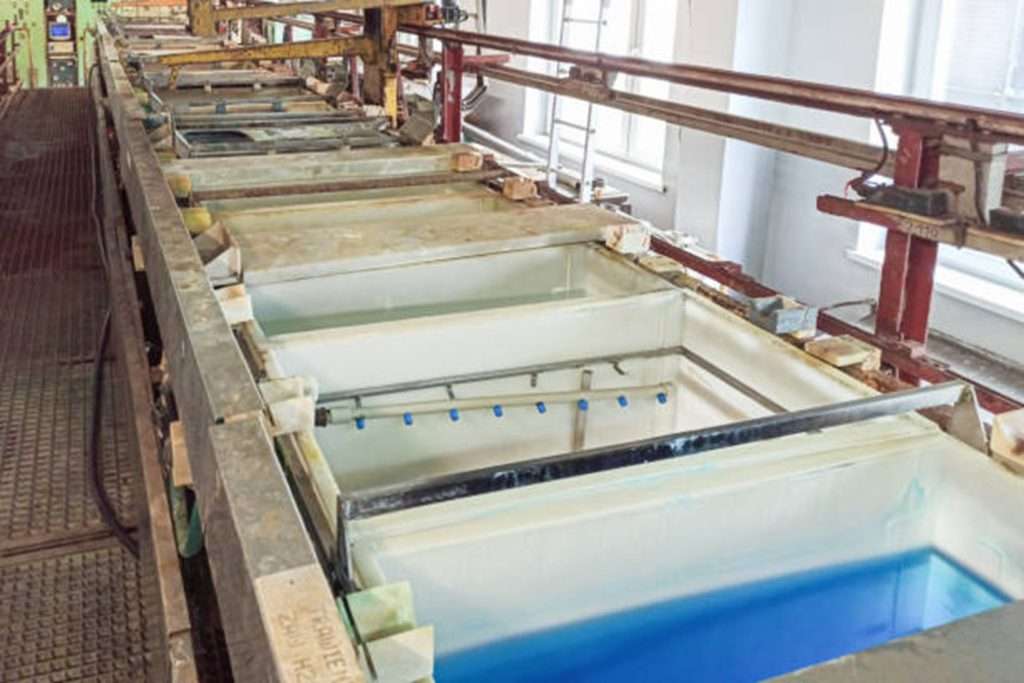
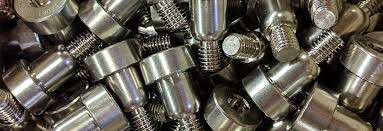
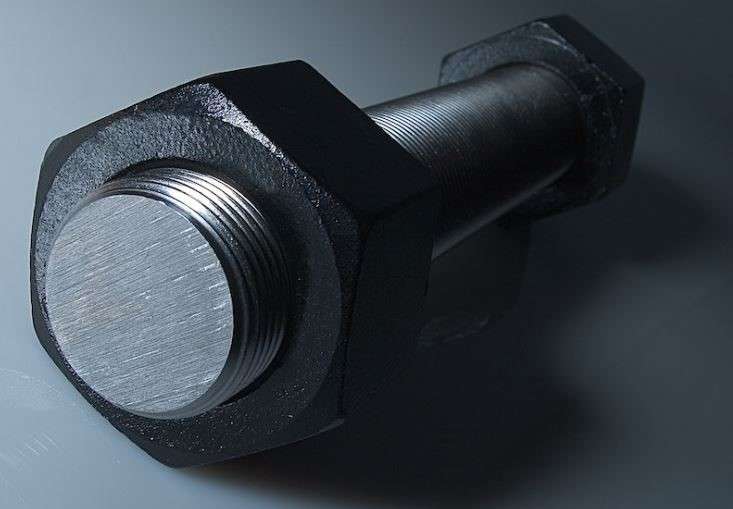
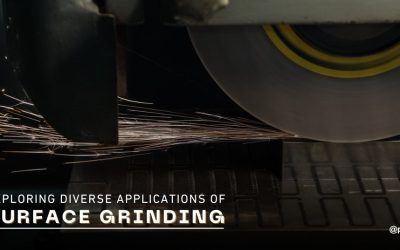
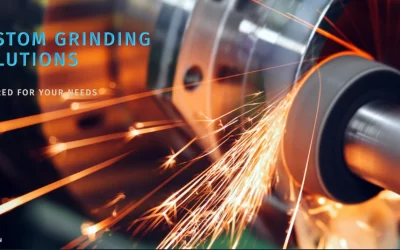
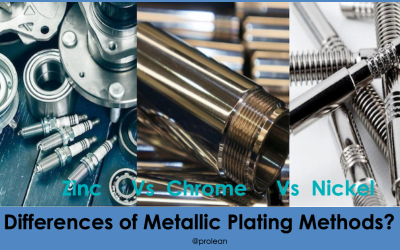

0 Comments